
Have you ever been tangled in confusing product guides or tech jargon? You’re not alone!
Miscommunication, inconsistent processes, and operational chaos often surround the business landscape. This is why clarity becomes vital, and that’s where technical writing shines.
“‘If you can’t explain it simply, you don’t understand it well enough.”
– Albert Einstein
Imagine the relief of delivering a manual that doesn’t read like an alien language! That’s the power of effective technical writing. It transforms the intricate into the understandable and the complex into the comprehensible.
In this blog, we will explore technical writing examples, its types, its distinction with business writing, and the role of technical writing software. Let’s get started.
| Type of Technical Writing | Used for |
| User Manuals | Guiding end-users on how to use a product or service effectively. |
| Software Installation Guides | Providing end users with step-by-step instructions for installing software on various platforms. |
| Product Specification | Detailing a product’s technical aspects, features, and functionalities. |
| Standard Operating Procedures (SOP) | Outlining structured procedures to ensure consistent and safe execution of tasks. |
| API Documentation | Explaining how to interact with an API, including endpoints, requests, and responses. |
| Technical Reports | Presenting detailed research findings, analyses, and conclusions on technical topics. |
| Training Materials | Educating learners, often including manuals, presentations, and exercises. |
| Case Studies & White Papers | Providing in-depth analyses of specific cases or industry issues, often for marketing or educational purposes. |
| Company Documents | Internal communication, including policies, memos, and guidelines. |
| Annual Reports | Summarizing a company’s performance and financial results over the past year, typically for shareholders and stakeholders. |
| Project Documentation | Recording project plans, progress, issues, and solutions to ensure effective project management and knowledge sharing. |
What Is Technical Writing?
Technical writing is a form of communication that conveys complex information clearly and concisely. It bridges intricate technical concepts and the end-users, helping them effectively understand and use products, processes, or services.
Technical writing is vital in solving the everyday challenges users and businesses face. For users, it provides accessible, understandable instructions, saving them time and frustration.
It helps improve customer satisfaction, reduces support costs, and builds business brand loyalty.
Technical writers often work behind the scenes, ensuring user manuals, software guides, and product documentation are user-friendly and accessible.
For example, when a company launches a new software application, its users might struggle to navigate the interface or understand its features without clear instructions. Technical writing would involve creating a user manual that explains every function, button, and menu in plain language.
Types of Technical Writing
In technical writing, different document types cater to different needs, bridging the gap between complex information and user understanding.
Each serves a unique purpose, from user manuals guiding consumers through products to detailed technical reports illuminating research findings.
1. End-User Technical Writing
End-user technical documentation helps solve a product’s complexities and common issues.
These are usually found in user manuals, legal disclaimers, employee handbooks, and website help centers.
They help bridge the gap between a product’s functionality and the user’s understanding, helping them to navigate seamlessly.
2. Expert-to-Expert Technical Writing
These resources delve deep into complex, industry-specific topics, catering to experts seeking in-depth knowledge.
Usually crafted by industry specialists, examples like research summaries, legal documents, and white papers facilitate easy understanding within expert circles, bridging the gap between intricate concepts and comprehensive comprehension.
3. Process Documentation Writing
Internal organizational processes benefit the most through process documentation.
Usually designed for internal circulation, these establish uniform procedures across the company.
Examples include step-by-step process guides, internal wikis, KPI (Key Performance Indicators) and goal reporting, OKRs (Objectives and Key Results), and HR policies to create a consistent knowledge base, ensuring tasks are accomplished efficiently and cohesively.
4. Technical Marketing Communications
These documents help simplify complex concepts. They enhance brand awareness and illuminate product benefits through competitive analysis documents, detailed case studies, engaging marketing landing pages, informative articles, and persuasive business emails.
These help translate technical jargon into user-friendly language and empower businesses to connect with their audience, fostering understanding and driving growth.
To learn more about creating technical documentation, please watch this video:
Technical Writing Examples
Let’s explore different types of technical writing documents with real-world samples.
1. User Manuals
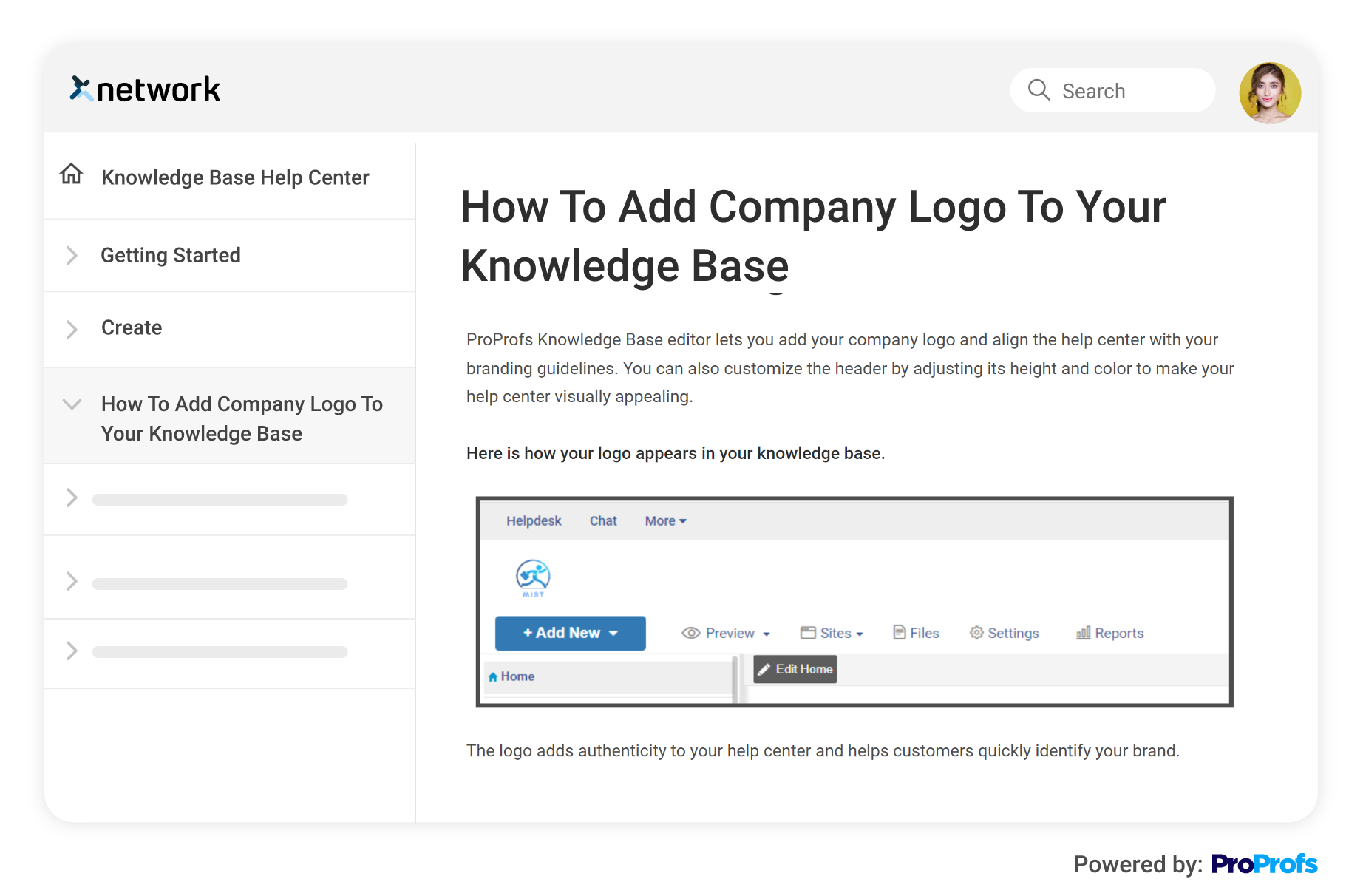
User manuals are comprehensive guides to help users understand product features and functionalities.
For example, a user manual for a digital camera provides step-by-step instructions on capturing photos, adjusting settings, and troubleshooting common issues.
2. Software Installation Guides
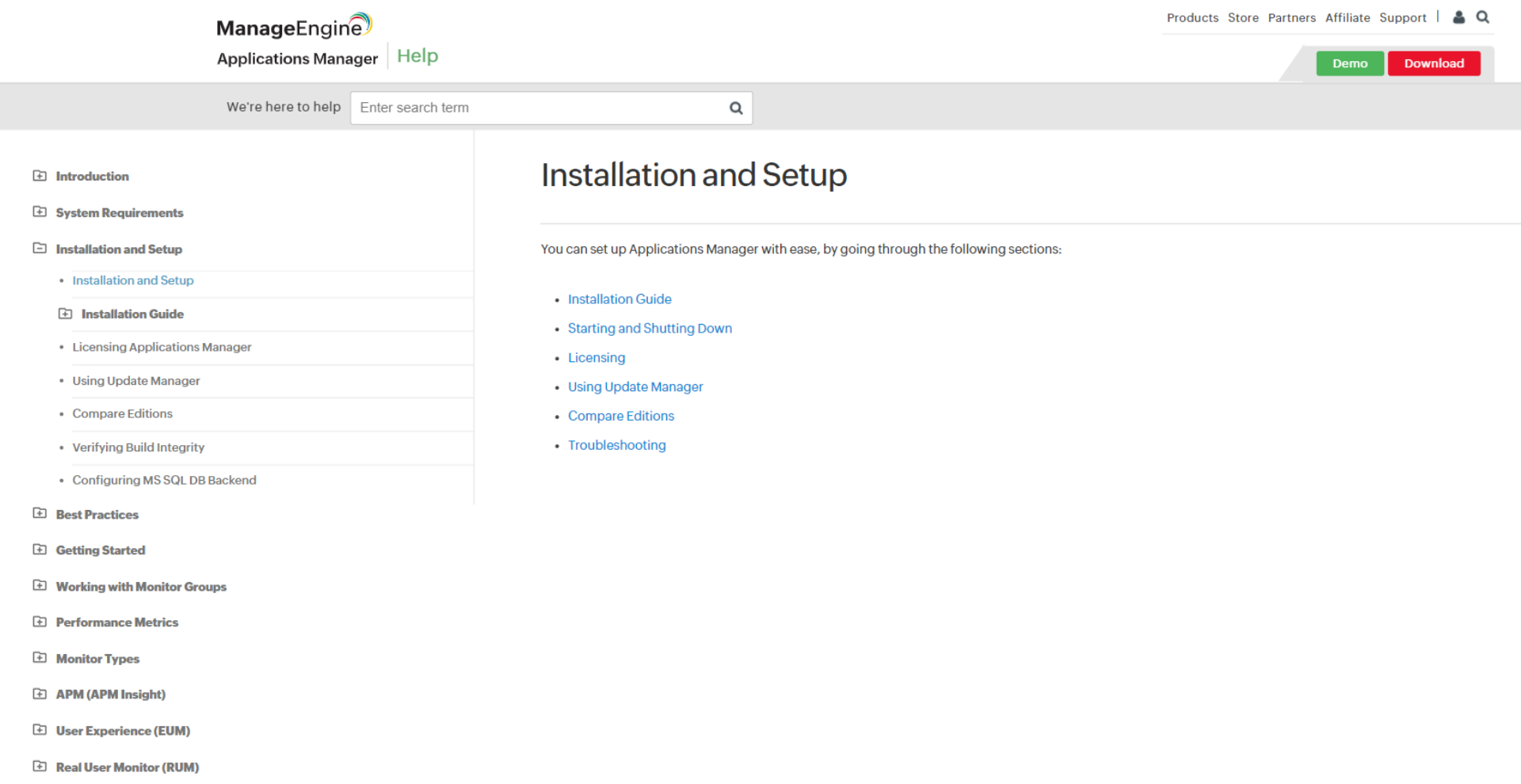
Installation guides detail the software installation process on different devices or platforms.
An example is the installation guide for a computer operating system, providing instructions on system requirements, installation steps, and post-installation configuration.
3. Product Specifications
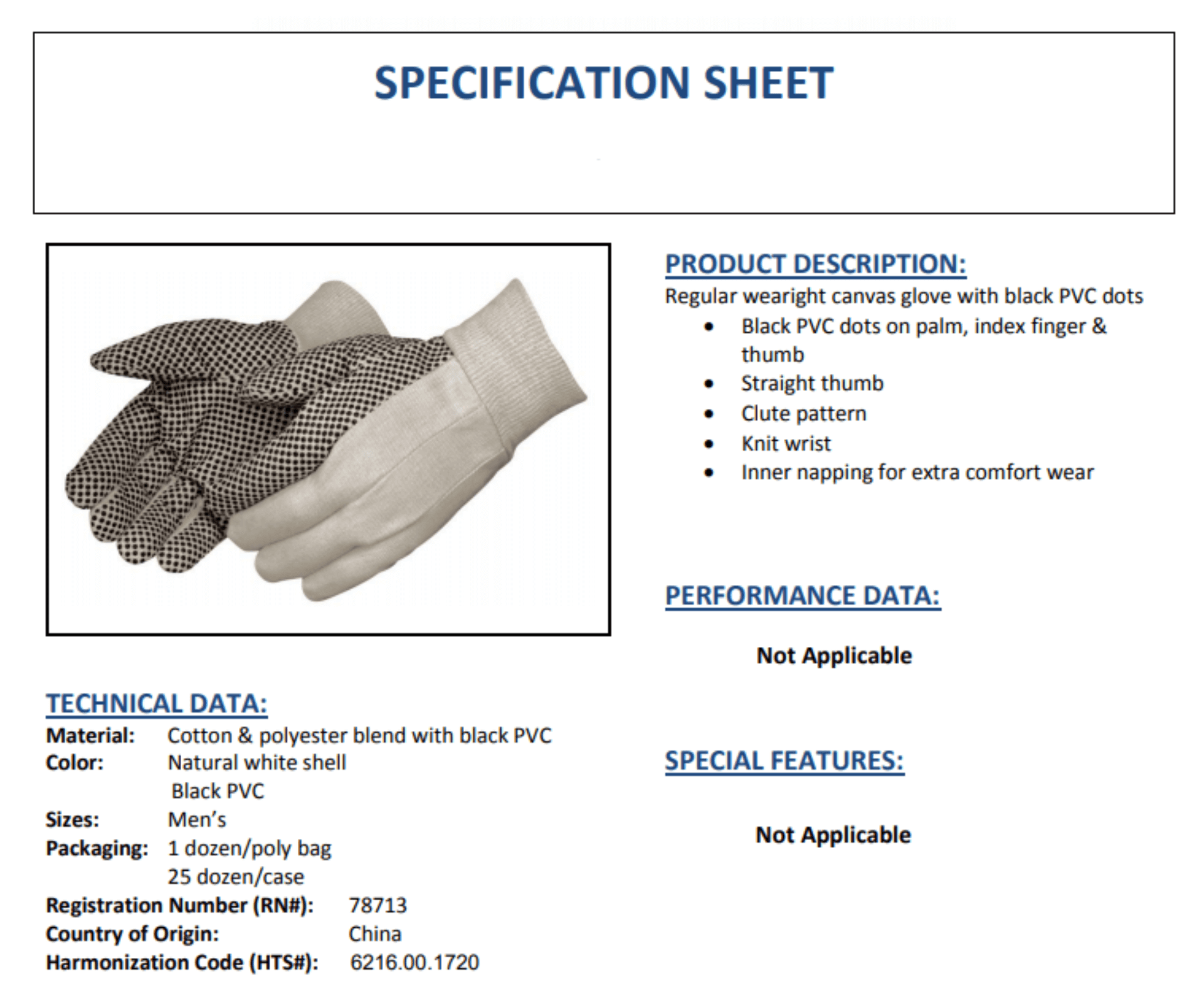
Technical specifications document describes the technical details and features of a product.
For example, product specifications might include details about a smartphone’s dimensions, weight, processor, camera capabilities, screen size, and battery life.
4. Standard Operating Procedures (SOP)
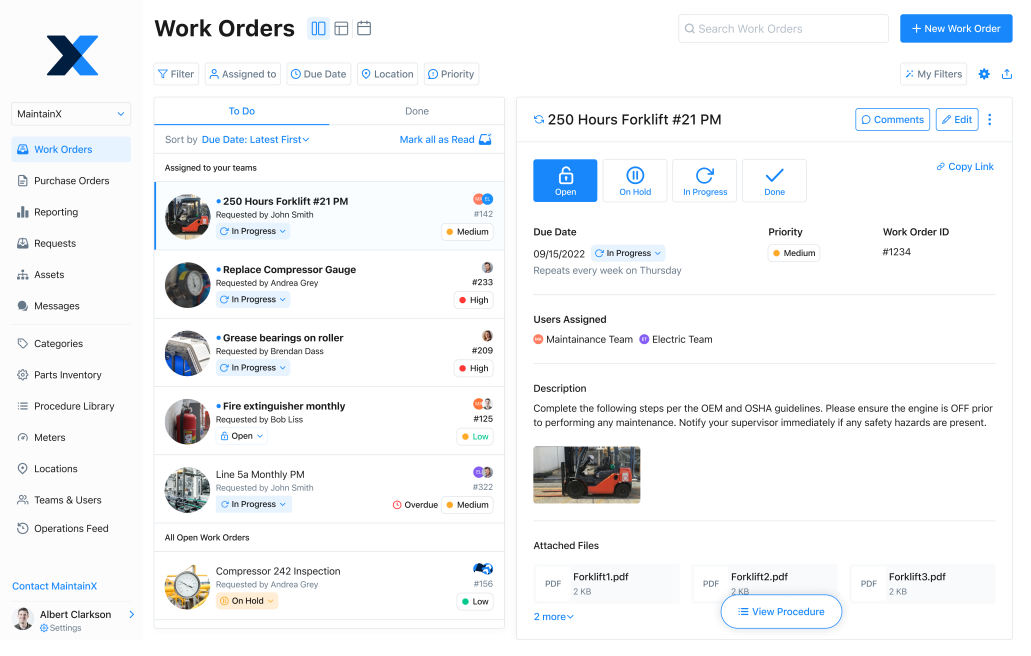
SOP documents provide step-by-step instructions for performing routine organizational tasks or processes.
For example, a manufacturing company might have SOPs detailing the precise steps for quality control checks on the production line.
5. API Documentation
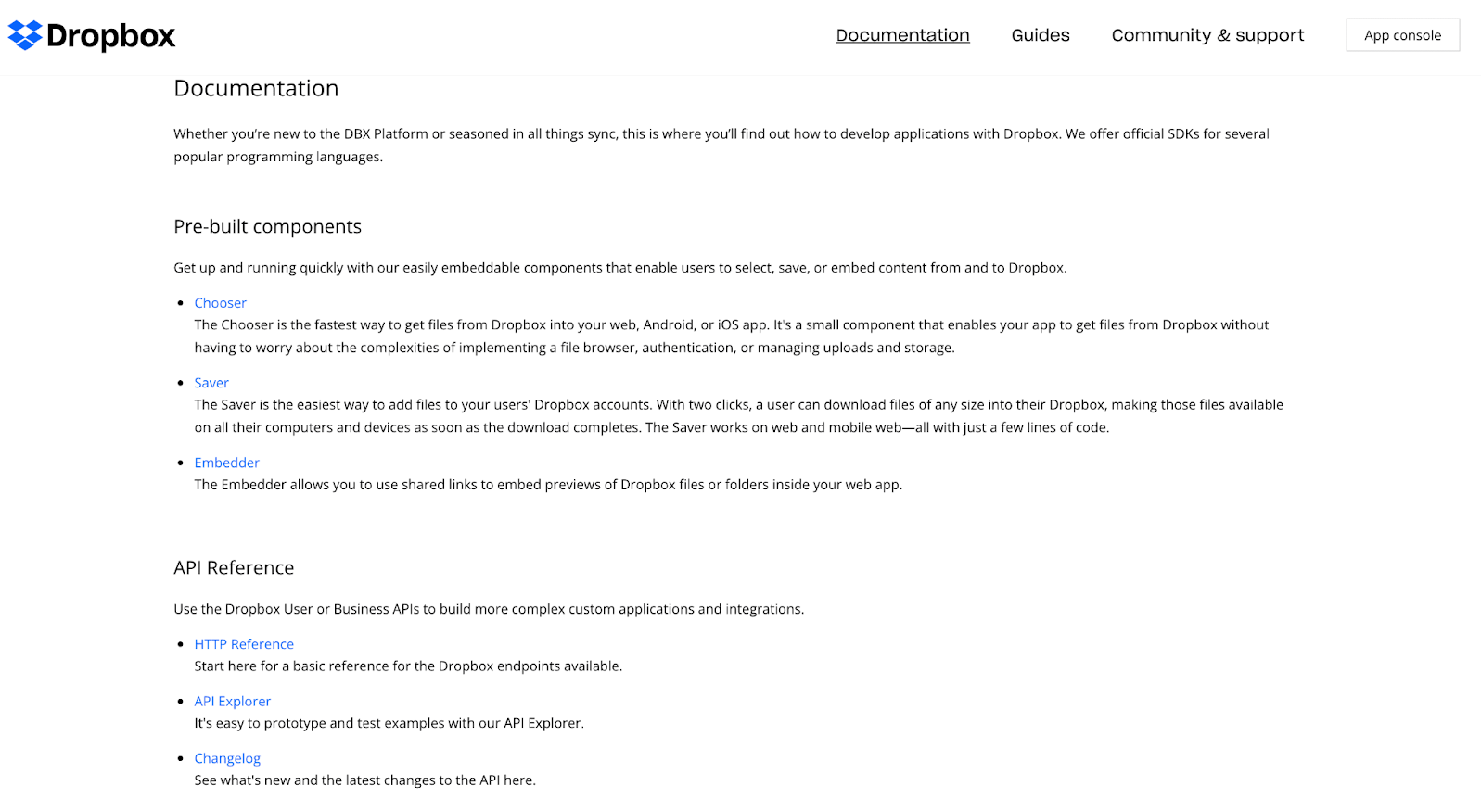
API documentation explains using an Application Programming Interface (API) for software development.
For example, API documentation for a weather API provides developers with endpoints, parameters, and response formats to integrate weather data into their applications.
6. Technical Reports
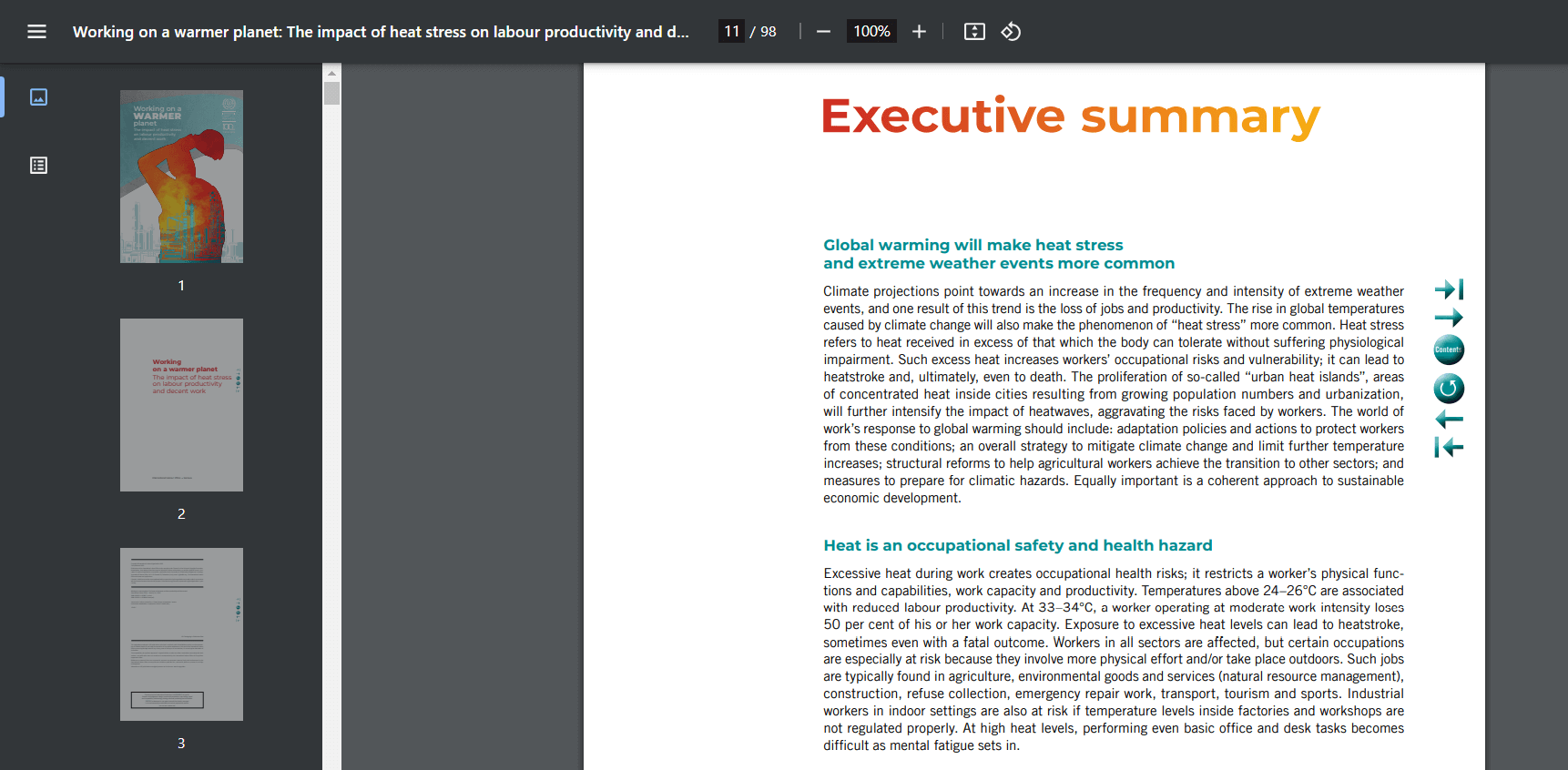
Technical reports present detailed findings and analyses of scientific or technological research.
For example, technical information in the field of environmental science might detail the results of a pollution study, including data collection methods, results, and conclusions.
7. Training Materials
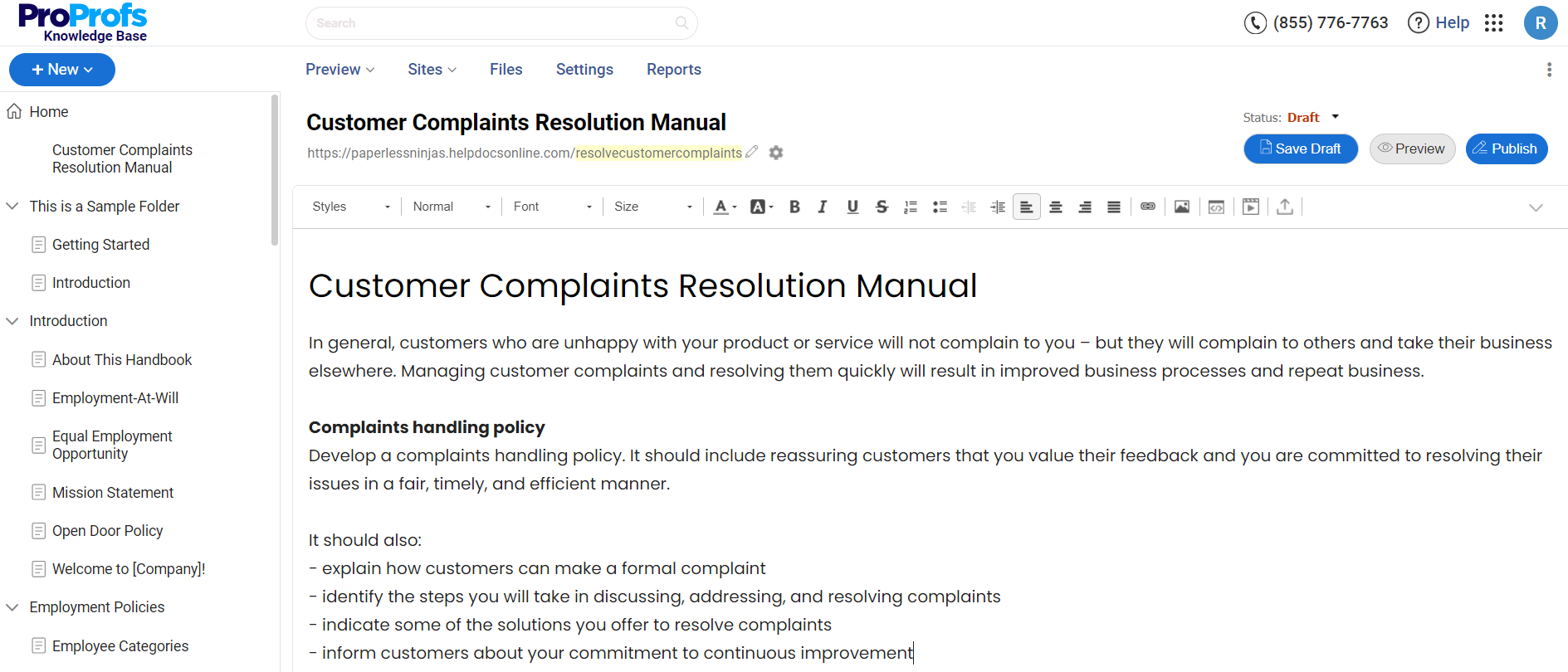
Training materials consist of guides, presentations, and exercises used in training programs.
For example, a software training manual would have step-by-step directions on using specific software tools, enhancing their skills and productivity.
8. Case Studies & White Papers
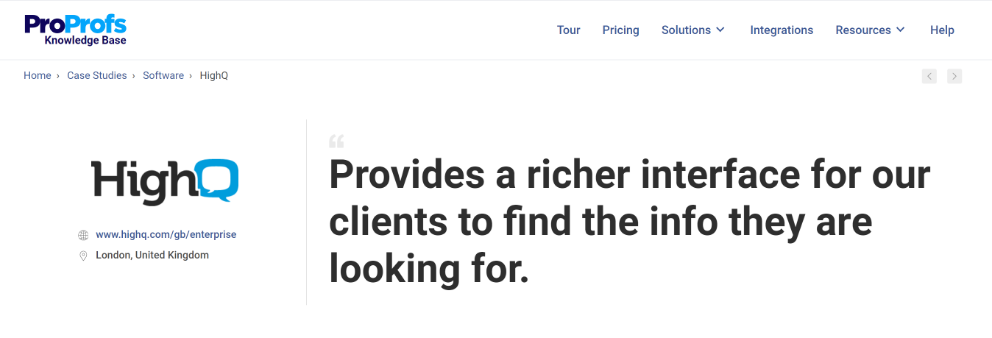
Case studies and white papers deliver insights on specific projects, products, or industry trends.
For example, an IT services company can publish a whitepaper detailing the advantages of a new cybersecurity technology, including case studies of its successful implementation.
9. Company Documents

Company documents usually consist of various internal documents used for communication and record-keeping.
Common examples include employee handbooks, policy manuals, and internal memos, which ensure consistent communication and understanding among employees.
10. Annual Reports
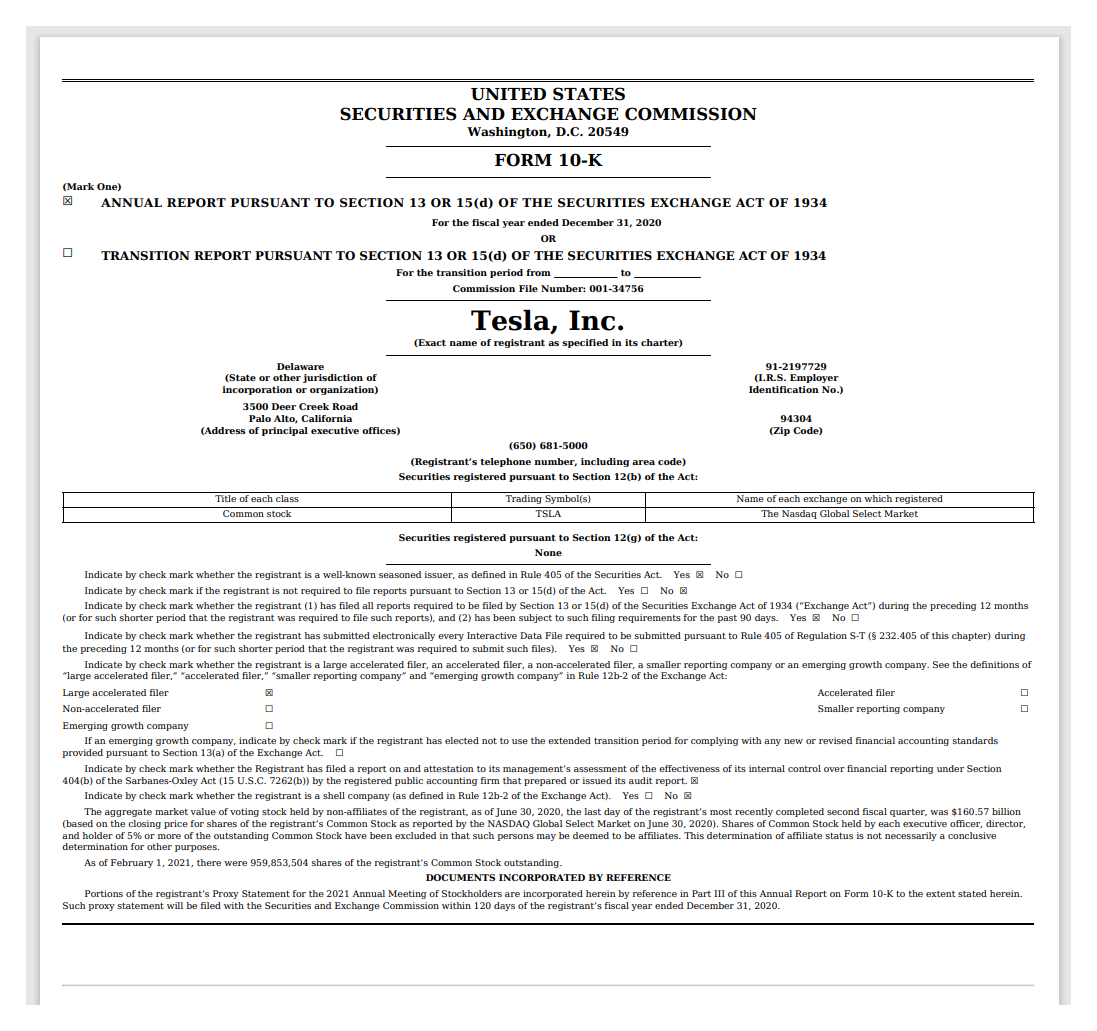
Annual reports summarize an organization’s financial performance and achievements over the past year.
These reports typically include financial statements, business highlights, and future strategies. Investors and stakeholders evaluate annual reports to assess a company’s progress and stability.
11. Project Documentation
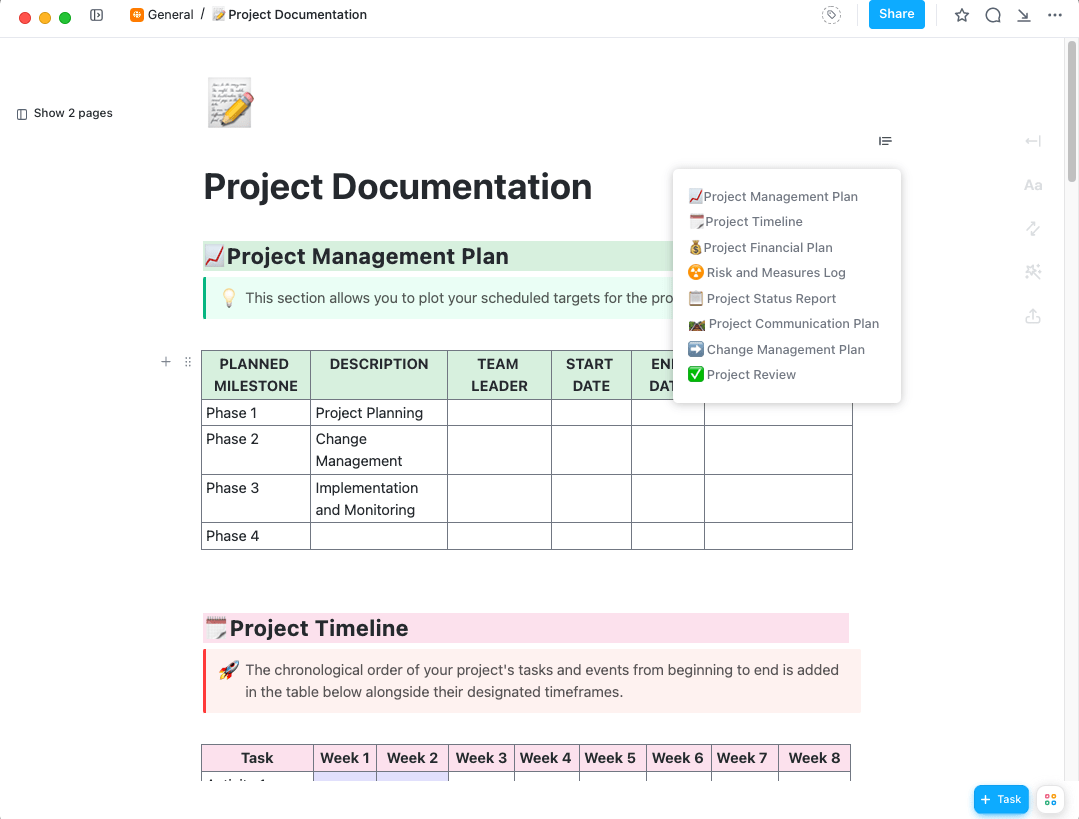
Project documentation consists of plans, progress reports, and outcomes related to specific projects.
For example, in software development, project documentation could have project plans, coding standards, testing procedures, and project closure reports, ensuring a systematic project management and completion approach.
Difference Between Business Writing & Technical Writing
Many people often get confused between the two terms – business writing and technical writing. Are they both the same or are there stark differences? Let’s find out.
Business writing primarily focuses on clear and persuasive communication within an organizational context. It comprises emails, memos, reports, proposals, and business plans.
Its primary objective is to convey information concisely, coherently, and compellingly. It usually targets a broader audience, including clients, stakeholders, and the general public.
It emphasizes clarity, professionalism, and sometimes a persuasive tone to effectively influence decision-making or convey a particular message.
Technical writing, on the other hand, focuses on complex technical or specialized information. It involves creating documents like user manuals, product guides, technical reports, and scientific papers.
It focuses on explaining intricate concepts or procedures in a simplified and understandable manner. It caters to a specific audience, often requiring in-depth knowledge about a subject.
Clarity, precision, and accuracy are essential to technical writing, as the content is instructional and informational, focusing on guiding users or professionals through specific processes or tasks.
Ready to Create User-Focused Technical Documents?
The above examples showcase the art of simplifying intricate concepts, making knowledge accessible to all. Whether you’re a writer seeking inspiration or a business owner improving communication, these examples are inspiration-worthy!
With ProProfs Knowledge Base, technical writers can create user manuals, guides, product documentation, FAQ pages, and more to inform users how to use your product.
It also comes equipped with an AI-enabled text editor with pre-built prompts to help writers create error-free technical documents easily. It has pre-designed customizable templates specifically tailored for technical documents.
Users can import existing files, such as Word documents or PDFs, and edit them within the software. Multiple users can contribute, review, and edit the documents, ensuring accuracy and consistency.
Users can also use the version control feature to manage multiple versions of help sites based on product or documentation releases. The revision history tracks up to 30 recent changes to your knowledge base to restore previous sessions if needed.
FAQs
What is an example of a technical writing sample?
An example of a technical writing sample could be a user guide or a software manual that provides detailed instructions and explanations on using a specific product or service.
What is the first example of technical writing?
The earliest example of technical writing can be traced back to ancient times, with technical instructions in texts such as ancient Egyptian architectural plans or ancient Greek scientific treatises.
How do you do technical writing?
Technical writing requires clear and concise communication of complex information to a specific audience. It follows a structured approach, using straightforward language and visuals to convey instructions, procedures, or technical concepts.
What are the 6 characteristics of technical writing?
The six characteristics of technical writing are accuracy, clarity, conciseness, usability, audience focus, and organizational structure.
Technical writing aims to provide accurate and precise information that is easy to understand and use for a specific target audience while maintaining a logical and well-organized system.
FREE. All Features. FOREVER!
Try our Forever FREE account with all premium features!







